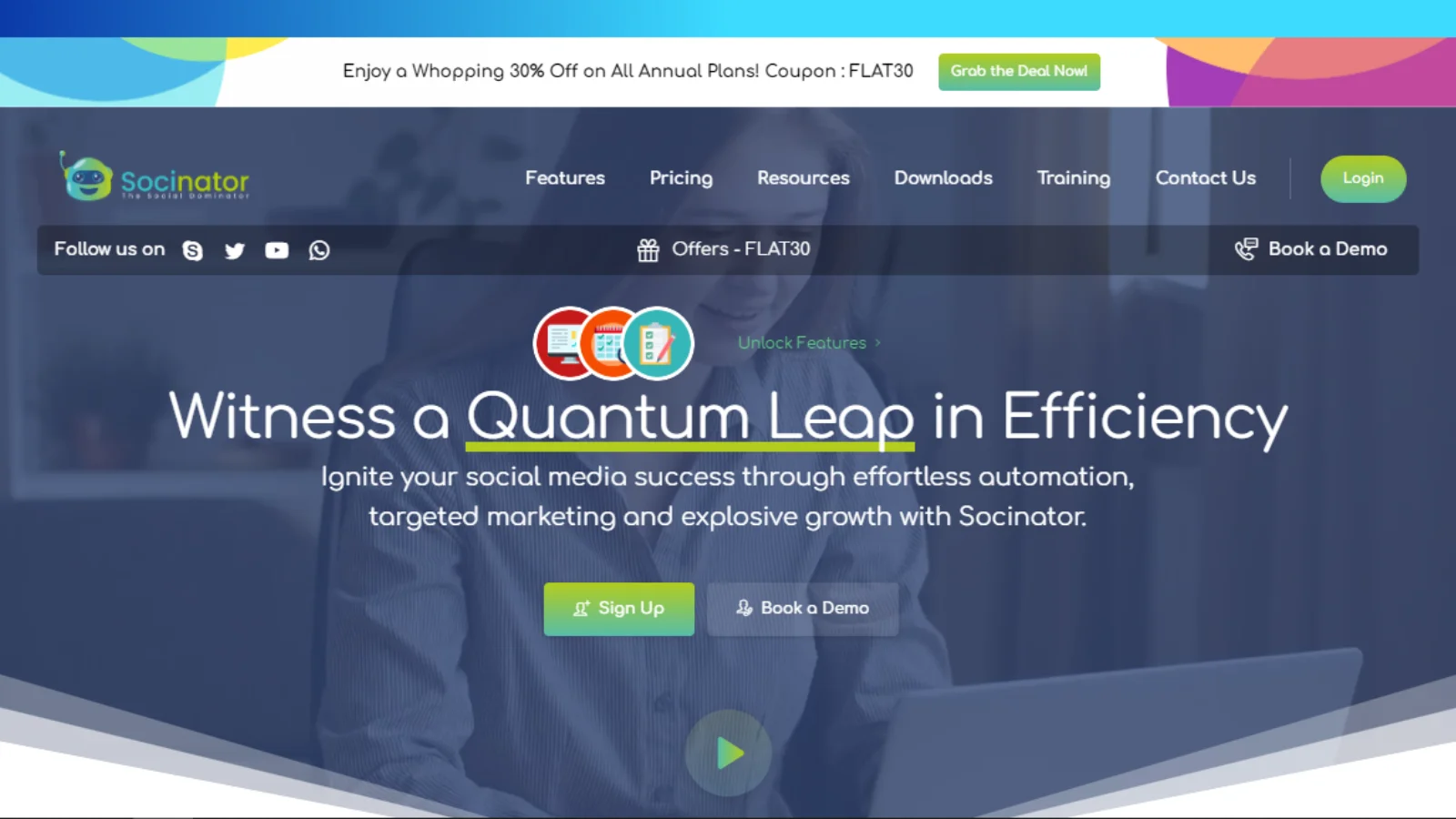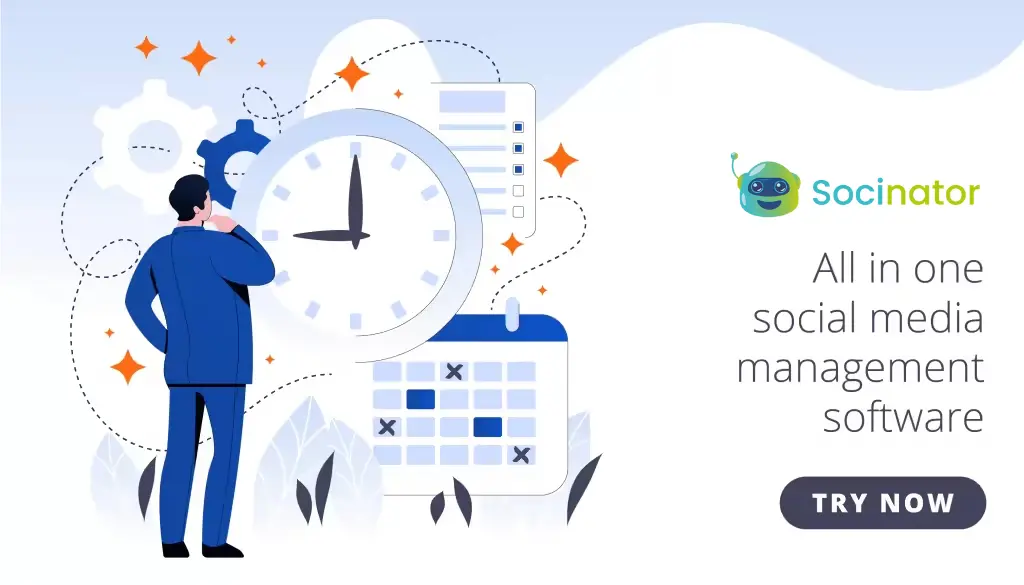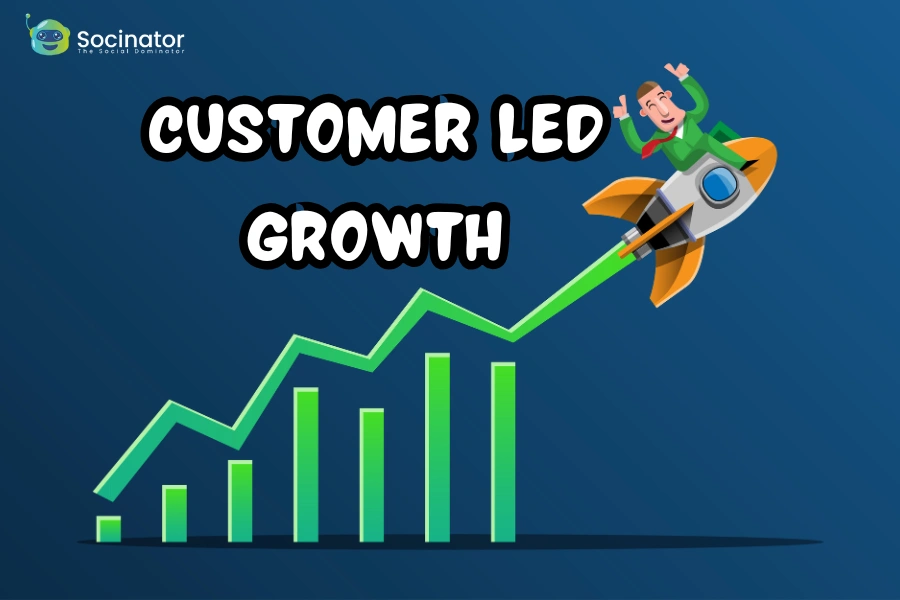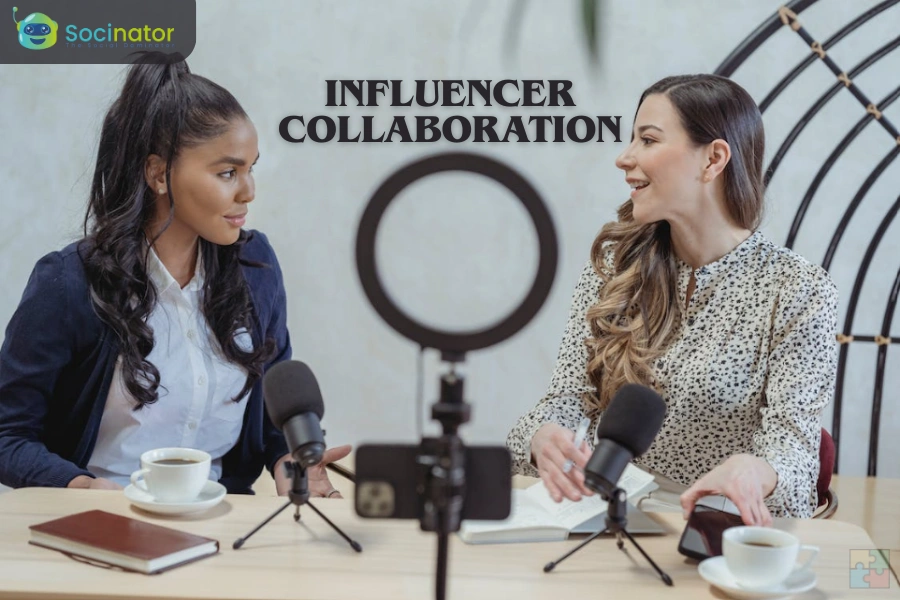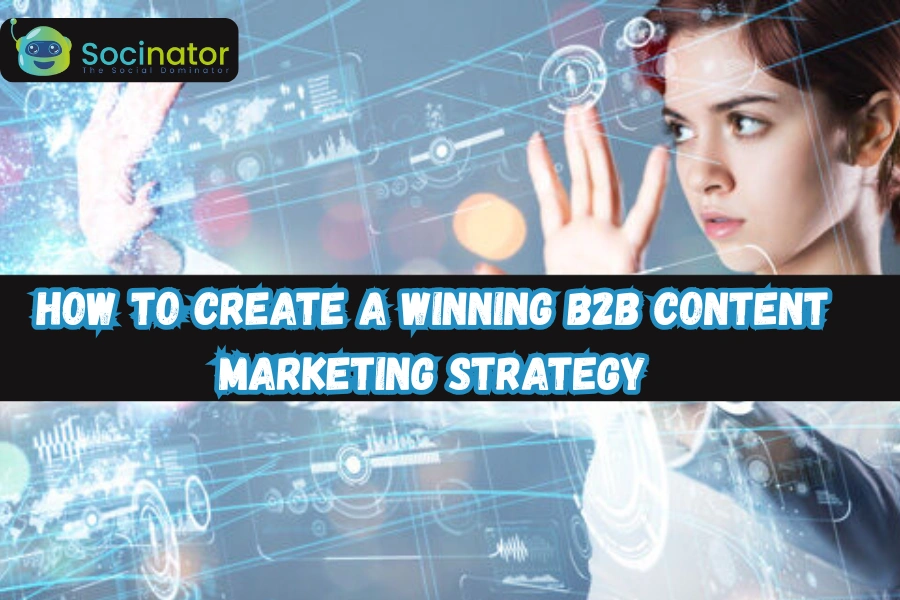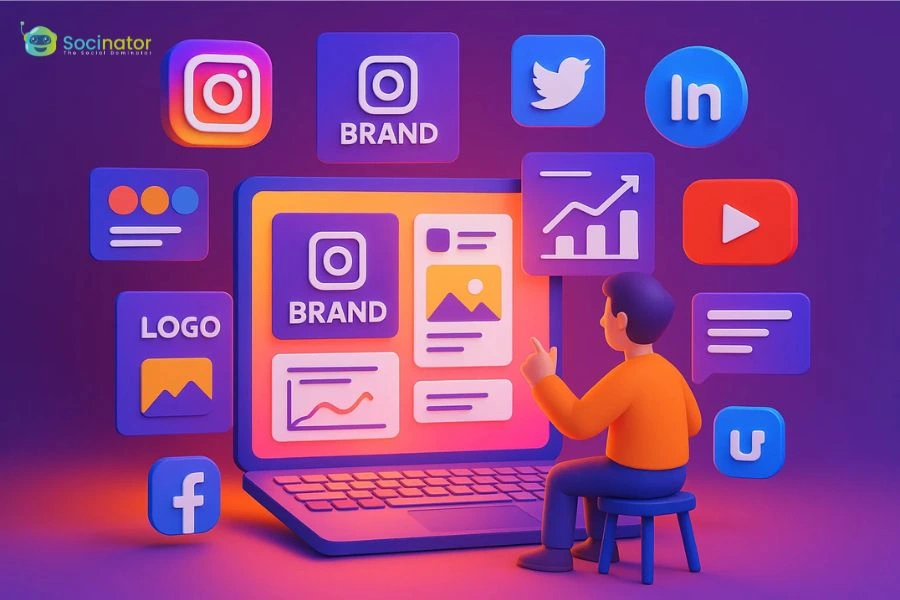Picture this: You’ve spent weeks crafting what you believe is the perfect marketing funnel.
You’ve mapped out every touchpoint, created compelling content, and launched with high hopes.
Three months later, you’re staring at disappointing conversion rates and wondering where it all went wrong.
Here’s the brutal truth that most marketing gurus won’t tell you: 9 out of 10 marketing funnels crash and burn within their first year.
I learned this the hard way after watching my own “foolproof” funnel generate a measly 2% conversion rate, despite following every best practice guide I could find.
But here’s what changed everything for me, and what I’m about to share with you.
The difference between failing funnels and profit-generating machines isn’t about having the latest tools or the biggest budget.
It’s about understanding the fundamental mistakes that kill funnels before they even get started.
In the next few minutes, you’ll discover the five critical errors destroying your funnel’s potential and the exact step-by-step framework I used to transform my broken system into a consistent revenue generator. Ready to stop bleeding leads and start converting customers?
Listen Podacast Now!
The Harsh Reality: Why Most Marketing Funnels Collapse:
Most businesses build their customer acquisition systems based on outdated assumptions and unrealistic expectations.
They invest time and money into creating elaborate processes, only to watch them crumble within months.
The problem isn’t with the concept itself; it’s with how these systems are planned and executed.
When entrepreneurs see successful case studies online, they often believe they can replicate the same results immediately.
This mindset leads to disappointment when their marketing funnel doesn’t generate instant leads or sales. Success takes time, and rushing the process typically backfires.
The Over-Promise, Under-Deliver Problem:
Many business owners expect dramatic results from day one.
They see competitors sharing impressive conversion rates and assume their own systems will perform similarly right away.
This unrealistic timeline creates frustration when results don’t match expectations.
The reality is different. Building an effective customer journey requires testing multiple approaches, analyzing user behavior, and making gradual improvements.
Quick wins are rare, and sustainable growth comes from consistent optimization over months, not weeks. A well-defined content marketing strategy plays a crucial role here—it helps attract the right audience, nurture leads, and build trust over time rather than chasing instant results.
One-Size-Fits-All Mentality:
Another common mistake involves copying successful strategies without considering market differences.
A strategy that works for one company might fail for another, even within the same industry.
Customer preferences vary significantly between niches. Some audiences respond better to email campaigns, while others prefer social media interactions.
The timing of purchase decisions also differs; some products require extensive research periods, while others involve impulse buying.
This is why tailoring your Content Marketing Strategy to your audience’s unique journey is essential. It ensures your messaging, tone, and platforms align with what your customers truly value.
Poor Foundation Setting:
The most damaging error happens during the planning phase. Many businesses skip essential research and jump straight into building their systems.
They don’t fully understand their target audience’s needs, preferences, or buying behaviors.
This approach creates systems that look professional but miss the mark with actual customers.
Without proper groundwork and a solid content marketing strategy to support outreach and engagement, even well-designed processes fail to connect with people or address their real concerns.
The 5 Critical Mistakes Killing Your Marketing Funnel Stages:
Most businesses pour thousands of dollars into their marketing efforts, only to watch potential customers slip away at every turn.
These failures aren’t random; they’re predictable patterns that destroy even the most promising campaigns.
Here are the five critical mistakes that are silently sabotaging your marketing funnel stages and costing you revenue every single day.
Mistake #1: Treating the Awareness Stage Like a Sales Pitch
Your biggest mistake starts at the very top. Too many businesses jump straight into promotional content when prospects are just discovering their brand.
At this stage, people don’t want to be sold to; they want to be educated, entertained, or inspired.
Instead of leading with “Buy our product,” successful brands focus on solving problems and providing genuine value.
Think helpful blog posts, engaging social media content, or informative videos that address real pain points.
When you nail the awareness stage, everything downstream becomes infinitely easier.
Mistake #2: Creating Content Gaps in Interest and Consideration
The middle of your marketing funnel is where most prospects get lost, and it’s usually because of inconsistent nurturing.
You’ve captured their attention, but then what?
Many businesses either bombard prospects with aggressive sales messages or go completely silent.
The sweet spot lies in strategic follow-up sequences that gradually build trust and demonstrate expertise.
Email newsletters, retargeting ads, and valuable resource downloads keep your brand top-of-mind without being pushy.
This stage requires patience and consistency, qualities that separate successful funnels from failed ones.
Mistake #3: Overcomplicating the Conversion Process
When prospects are finally ready to buy, don’t make them jump through hoops.
Complex checkout processes, too many form fields, and unclear calls-to-action kill conversions faster than anything else.
Streamline everything. Use single-step opt-ins, minimize required information, and make your value proposition crystal clear.
Every additional click is an opportunity for prospects to change their minds and leave.
Mistake #4: Forgetting About Post-Purchase Engagement
The sale isn’t the finish line; it’s the starting point for long-term customer relationships.
Yet most businesses immediately shift focus to acquiring new customers, ignoring the goldmine they already have.
Existing customers are 67% more likely to purchase again and cost five times less to retain than acquiring new ones.
Implement post-purchase email sequences, loyalty programs, and regular check-ins to maximize customer lifetime value.
Mistake #5: Flying Blind Without Proper Analytics
Perhaps the most devastating mistake is not tracking the right metrics.
Without proper analytics, you’re making decisions based on guesswork rather than data.
Set up conversion tracking for each stage, monitor key performance indicators, and establish clear benchmarks.
Tools like Google Analytics, heat mapping software, and A/B testing platforms provide the insights needed to identify bottlenecks and optimize performance continuously.
Each of these mistakes is completely fixable with the right strategy and execution.
Adapting Your Digital Marketing Funnel for 2025:
The digital landscape has transformed dramatically, and your digital marketing funnel must evolve to match today’s consumer expectations.
Gone are the days when a simple email sequence could nurture leads effectively from awareness to purchase.
Changing Consumer Behavior Post-2024:
Modern consumers demand instant gratification and personalized experiences.
They research extensively across multiple touchpoints before making decisions, often switching between devices and platforms within minutes.
Your marketing funnel needs to accommodate this non-linear journey by providing consistent value at every interaction point, regardless of where customers enter or exit.
Multi-Channel Complexity:
Today’s successful funnels integrate seamlessly across social media, email, SMS, chatbots, and emerging platforms like AI-powered shopping assistants.
The challenge isn’t just being present on multiple channels; it’s maintaining cohesive messaging and data synchronization across all touchpoints.
Customers expect brands to remember their preferences and previous interactions, creating a unified experience that feels personal rather than fragmented.
Technology Evolution:
Artificial intelligence and machine learning now enable predictive analytics, allowing marketers to anticipate customer needs before they’re even expressed.
Privacy regulations have shifted focus from third-party data to first-party relationships, making authentic engagement more crucial than ever.
The businesses thriving in 2025 are those that view their funnels as dynamic, data-driven ecosystems rather than static conversion paths.
They prioritize real-time optimization and genuine value creation over aggressive sales tactics.
Building a Marketing Sales Funnel That Actually Works:
Most businesses treat funnel creation like assembling furniture without instructions; they skip the foundation and wonder why everything collapses.
Building a marketing sales funnel that delivers consistent results requires strategic planning, not wishful thinking.
Start with Crystal-Clear Foundation Setting:
Before touching any tools, define your ideal customer personas with laser precision.
Map every touchpoint where prospects interact with your brand, from first awareness to final purchase.
Set specific, measurable goals; “increase sales” isn’t enough. Aim for “convert 15% of email subscribers within 90 days.”
Align Your Content Strategy:
Create stage-appropriate content that guides prospects naturally through each phase.
Top-funnel content should educate and build trust, while bottom-funnel materials must address specific objections and showcase value.
Your lead magnets should solve genuine problems, not just collect email addresses.
Master Technical Implementation:
Choose platforms that integrate seamlessly with your existing systems.
A marketing funnel fails when prospects hit technical roadblocks, broken links, slow-loading pages, or confusing checkout processes, destroying conversion rates instantly.
Implement Continuous Testing:
Success lies in relentless optimization. A/B test headlines, call-to-action buttons, email subject lines, and landing page layouts.
Track metrics that matter: conversion rates, cost per acquisition, and customer lifetime value. Small improvements compound into significant results.
The difference between successful and failed funnels isn’t complexity; it’s consistent execution of these fundamental principles.
Leveraging Social Media Marketing Funnel Strategies:
Creating an effective social media marketing funnel requires platform-specific approaches that align with user behavior patterns.
Facebook and Instagram excel at visual storytelling through carousel ads and video content that nurtures prospects from awareness to conversion.
LinkedIn works best for B2B audiences with professional content and thought leadership pieces that build trust gradually. The key lies in matching content formats to funnel stages.
Use short-form videos and engaging posts for awareness, detailed tutorials and case studies for consideration, and testimonials plus user-generated content for decision-making phases.
Your marketing funnel becomes more powerful when you leverage platform algorithms to reach qualified prospects organically.
Interactive content like polls, quizzes, and live sessions creates deeper engagement while gathering valuable audience insights.
This data helps refine targeting and personalize messaging throughout the customer journey.
Remember, each platform serves different purposes; treat them as complementary channels rather than isolated marketing efforts for maximum funnel effectiveness.
Also Read:
7+ Social Marketing Automation Examples You Need To Know
5+ Mindblowing Ways To Build An eCommerce Content Marketing Strategy
The Power Of Social Media Automation With Socinator:
Managing social media manually is like trying to fill a bucket with a hole in it; you’re constantly working but seeing minimal results.
This is where social media automation becomes a game-changer for your business growth.
Socinator transforms how you approach each of the stages of the marketing funnel by automating repetitive tasks that usually drain your time and energy.
Instead of spending hours posting content, responding to comments, and nurturing leads across multiple platforms, Socinator handles these activities 24/7.
The real power lies in consistency. Your marketing funnel needs constant feeding with fresh content and engagement to stay alive.
Socinator ensures your Instagram posts go live at peak hours, your Facebook comments get responses, and your Twitter followers receive timely interactions, all without you lifting a finger.
Small businesses using Socinator report saving 15-20 hours weekly while seeing 40% better engagement rates.
The automation doesn’t replace human connection; it amplifies it by ensuring you never miss an opportunity to connect with potential customers.
Advanced Tactics: Fixing Your Broken Funnel:
When your marketing funnel isn’t delivering results, quick action beats perfect planning.
Start with this diagnostic checklist: Are visitors bouncing from your landing pages within 10 seconds?
Is your email open rate below 20%? Are you losing 80% of leads between the awareness and consideration stages?
These red flags signal immediate fixes needed. First, audit your messaging consistency across all touchpoints.
Mixed messages confuse prospects and kill conversions. Next, check your lead qualification process; too broad targeting wastes budget, while too narrow limits growth.
Here’s your 30-day recovery plan:
1. Week 1, fix technical issues like slow-loading pages and broken forms.
2. Week 2: Optimize your strongest performing content.
3. Week 3: Implement retargeting campaigns for lost prospects.
4. Week 4, analyze data and scale what’s working.
Remember, small improvements compound quickly. A 10% boost at each stage doubles your overall conversion rate.
Conclusion:
Building a successful marketing funnel doesn’t have to be rocket science, but it does require avoiding the common pitfalls that trap 90% of businesses.
The key isn’t perfection, it’s consistent implementation and continuous improvement.
Remember, every failed funnel teaches valuable lessons.
Whether you’re struggling with awareness, conversion, or retention issues, the solutions exist.
Start with one problem area, implement the fixes we’ve discussed, and measure your results.
Don’t let your funnel join the failure statistics. Take action today by auditing your current system, identifying the biggest gaps, and prioritizing improvements that will deliver the most impact.
Your customers are waiting at every stage. Make sure your funnel guides them smoothly from stranger to loyal advocate.
The difference between funnel success and failure often comes down to paying attention to details that others ignore.
FAQ’s:
Q1: How long does it take to see results from funnel improvements?
Most businesses notice initial improvements within 30-45 days of implementing changes.
However, significant results typically emerge after 2-3 months of consistent optimization and testing.
Q2: What’s the biggest mistake beginners make with their marketing funnel?
The most common error is jumping straight to conversion tactics without building proper awareness and trust first. You can’t skip steps in the customer journey.
Q3: Can small businesses compete with enterprise-level funnels?
Absolutely! Small businesses often have advantages like agility, personal touch, and niche focus. You don’t need massive budgets, just smart strategy and consistent execution.
Q4: How much should I budget for funnel tools and software?
Start with $100-300 monthly for essential tools like email marketing, landing pages, and analytics. Scale investment as your funnel generates revenue.
Q5: What metrics should I track to measure funnel success?
Focus on conversion rates at each stage, customer acquisition cost, lifetime value, and overall ROI. These core metrics tell the real story of your funnel’s performance.







